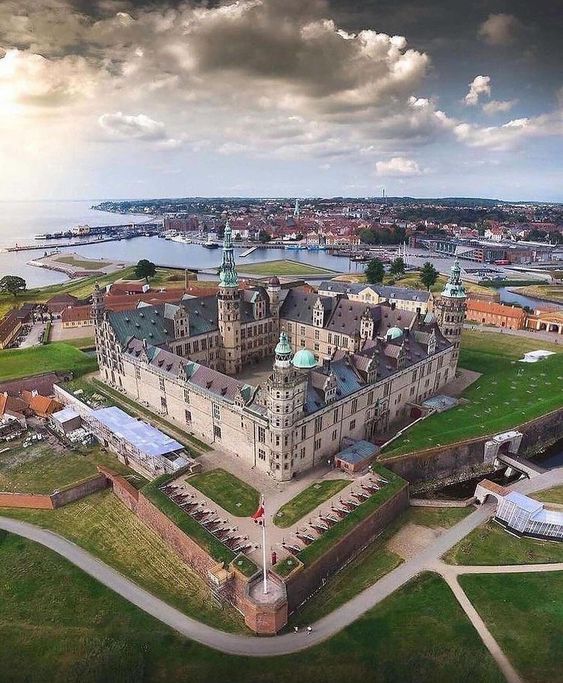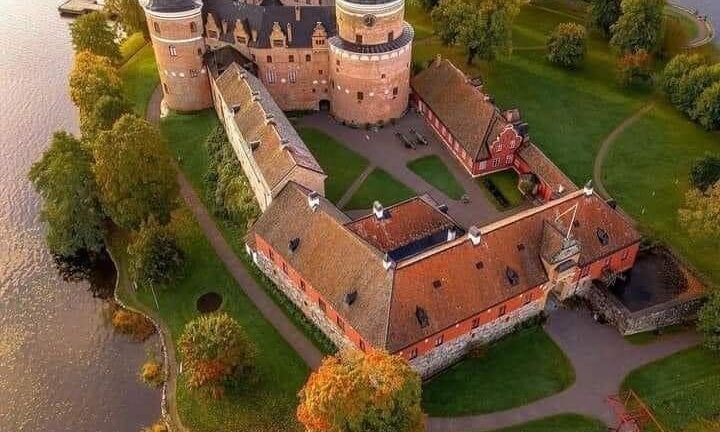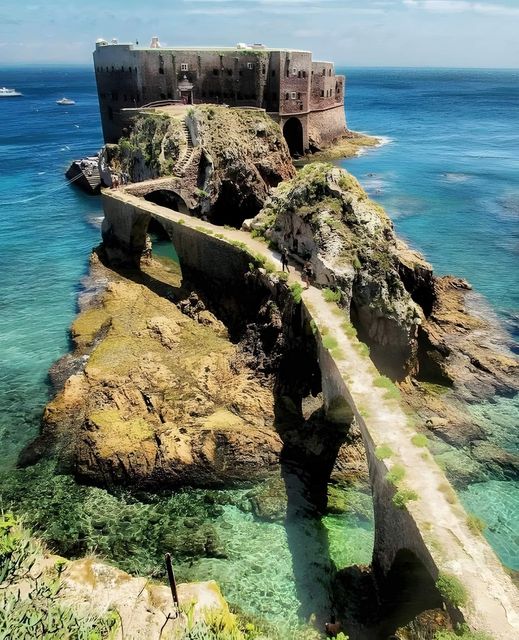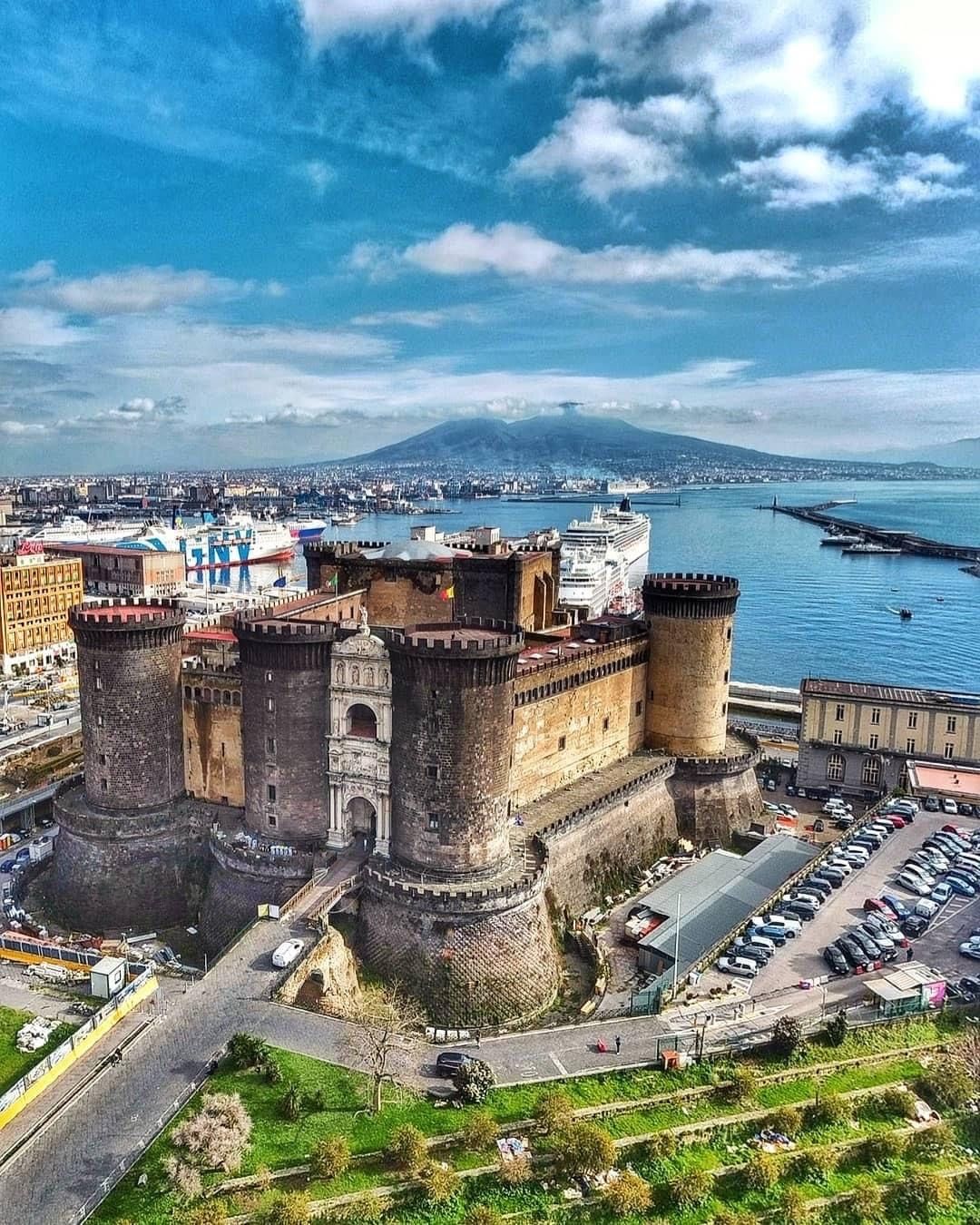Standing majestically at the narrowest point of the Øresund Strait, Kronborg Castle is one of Denmark’s most famous landmarks, known not only for its stunning Renaissance architecture but also as the setting of Shakespeare’s immortal tragedy, Hamlet. This UNESCO World Heritage site, located near the town of Helsingør, has played a significant role in Danish history for centuries, serving as a royal residence, a fortress, and a symbol of Denmark’s power and influence in Northern Europe.
Kronborg Castle was originally built as a coastal fortress in the 1420s by King Eric of Pomerania, who sought to control the lucrative trade route through the Øresund Strait. The castle’s strategic location allowed the Danish crown to impose a toll on ships passing through the strait, significantly boosting the kingdom’s wealth and securing its dominance in the region. The original fortress, known as Krogen, was relatively modest in size and design, but it served its purpose as a formidable defense against potential invaders.
In the late 16th century, under the reign of King Frederick II, the fortress was transformed into a magnificent Renaissance castle. Between 1574 and 1585, Kronborg was extensively rebuilt, with the addition of grand towers, a lavish royal residence, and elaborate fortifications. The castle’s new design reflected the ideals of the Renaissance, with its emphasis on symmetry, proportion, and the integration of art and architecture. The result was a stunning symbol of Danish power, both militarily and culturally.
Kronborg Castle is an outstanding example of Renaissance architecture, combining elements of both military fortification and royal grandeur. The castle’s layout is based on a rectangular plan, with four corner towers and a central courtyard. The exterior is characterized by its high bastions, which were designed to withstand cannon fire, and its elegant façades, adorned with intricate sandstone carvings and decorative details.
One of the most striking features of Kronborg Castle is its enormous spire, which rises 62 meters above the ground and is visible from miles away. The spire, along with the castle’s other towers, contributes to its imposing silhouette and serves as a reminder of its dual role as both a fortress and a royal palace.
The interior of Kronborg Castle is equally impressive, with a series of grand rooms and halls that reflect the opulence of the Danish court during the Renaissance. The castle’s main hall, known as the Great Hall, is one of the largest of its kind in Northern Europe, measuring 62 meters in length. The hall was used for banquets, balls, and other royal events, and its ornate décor, including gilded ceilings, tapestries, and intricate woodwork, reflects the wealth and power of the Danish monarchy.
Another notable feature of Kronborg Castle is the Chapel, which was completed in 1582 and is considered one of the finest examples of Renaissance church architecture in Denmark. The chapel’s interior is richly decorated with carved wood, painted panels, and a magnificent altarpiece, creating a space that is both spiritually uplifting and artistically inspiring.
Kronborg Castle’s association with William Shakespeare’s Hamlet has earned it international fame and has made it a cultural icon. Although there is no evidence that Shakespeare himself ever visited Kronborg, the castle is widely believed to have inspired the setting of Elsinore in the play. The connection between the castle and the play has been celebrated for centuries, and today, Kronborg is often referred to as “Hamlet’s Castle.”
Every summer, the castle hosts the annual Shakespeare Festival, where performances of Hamlet and other Shakespearean plays are staged in the castle’s courtyard and halls. These performances attract theater enthusiasts from around the world, offering a unique opportunity to experience the Bard’s work in the very place that inspired it.
Kronborg Castle is not just a historical monument; it is a living museum that offers visitors a chance to step back in time and explore the world of the Danish Renaissance. The castle’s rooms and halls have been meticulously restored and furnished with period-appropriate artifacts, allowing visitors to experience the grandeur and elegance of the Danish court.
The castle also houses a series of exhibitions that delve into its rich history, including displays on its role as a fortress, its significance as a royal residence, and its connection to Hamlet. The castle’s dungeons, which once held prisoners of war, can also be explored, providing a stark contrast to the opulence of the rooms above.
One of the most famous legends associated with Kronborg Castle is that of Holger Danske, a mythical Danish hero who, according to legend, slumbers in the castle’s underground chambers, ready to awaken and defend Denmark in its hour of need. A statue of Holger Danske, seated and in deep contemplation, can be found in the castle’s dungeons, adding to the castle’s aura of mystery and legend.
Kronborg Castle is a true gem of Danish heritage, combining historical significance, architectural beauty, and cultural resonance in a single, awe-inspiring location. Whether you are drawn by its association with Hamlet, its stunning Renaissance architecture, or its rich history as a fortress and royal residence, Kronborg offers an experience that is both educational and enchanting. As you wander through its grand halls, climb its towering spires, and gaze out over the Øresund Strait, you cannot help but feel a deep connection to the past and an appreciation for the enduring legacy of this remarkable castle.



